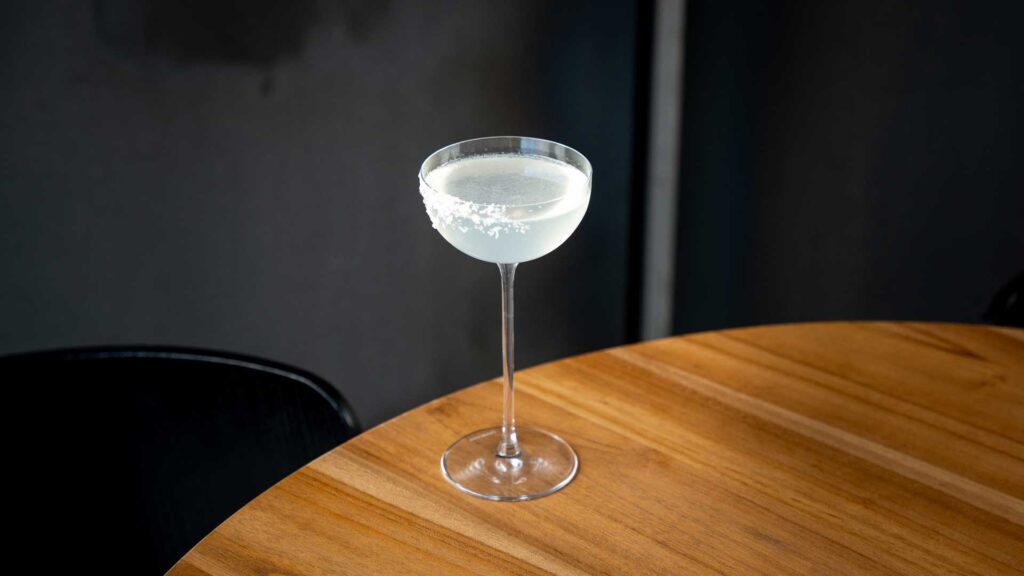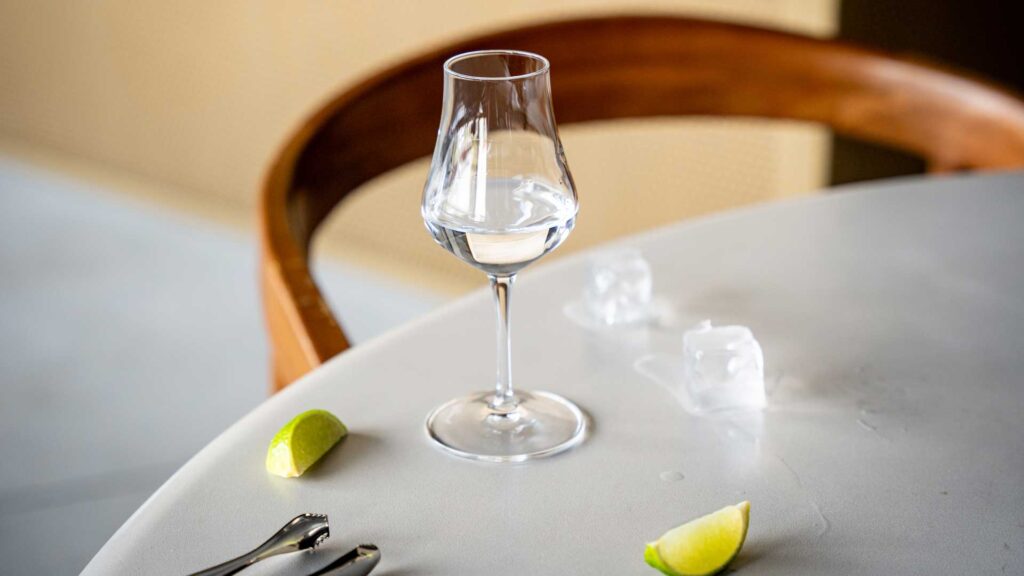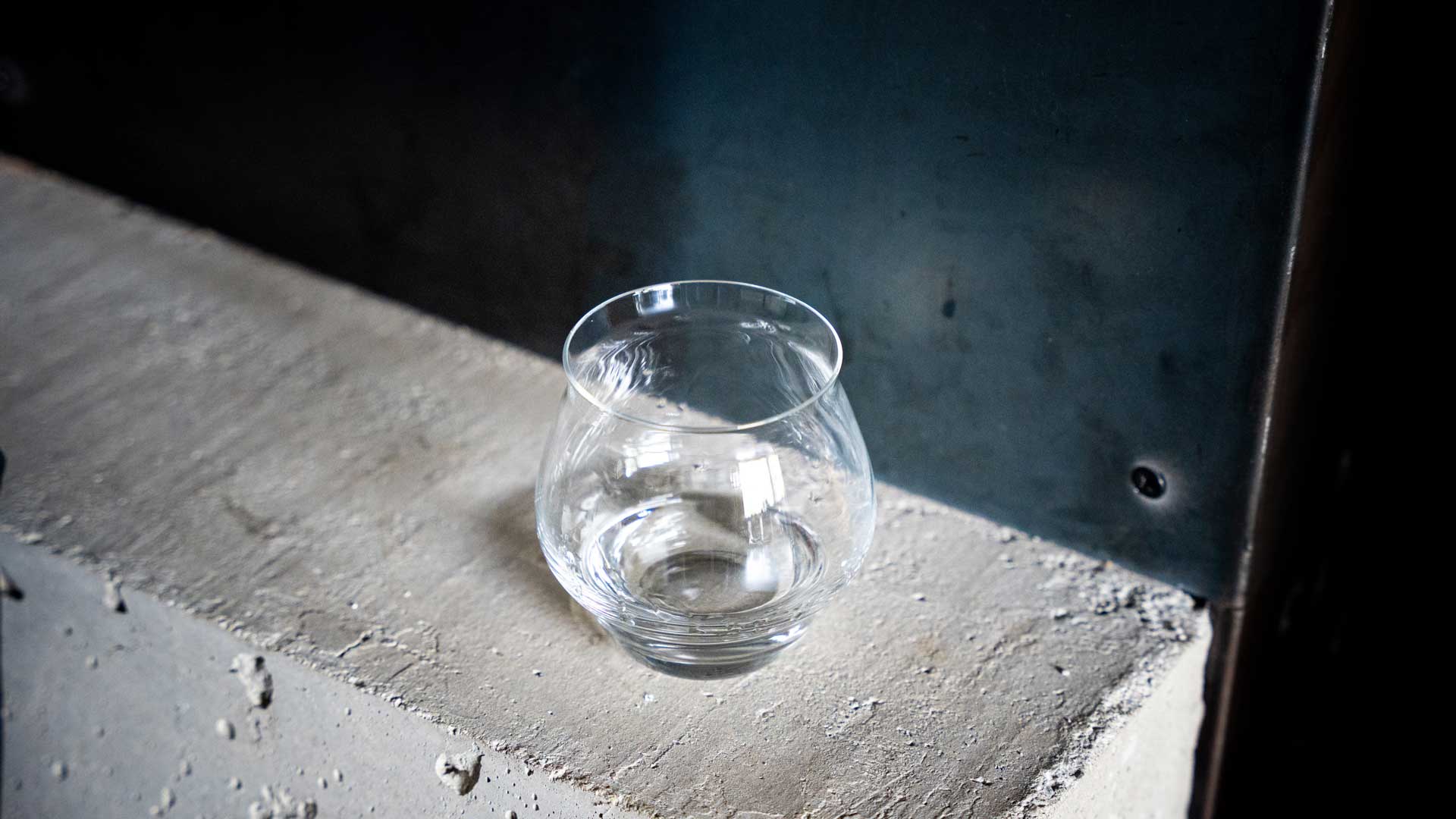Born in the town of Tequila, Mexico, this namesake spirit is anchored in centuries of craft. Yet today, a soaring global demand casts a shadow over its quality, too often sacrificed in the rush to satisfy the market.
Tequila: Myth and Legacy

At dawn in Tequila, light filters through the agave plants like a caress. The air is cool and rarefied, and you only need to climb a little above the town – on one of the hills surrounding the valley – to see the landscape transform: a sea of bluish green that sways with the first breath of wind. The agaves seem suspended, as if floating between earth and sky. Of course, it’s an illusion of perspective, but also a perfect metaphor: here, at over 1,100 metres above sea level, everything appears to hover between ancient and modern, between myths and the market.
The Town of Tequila, Where Everything Began
The town of Tequila, in the state of Jalisco, has a population of just over 40,000, but its name resonates all over the world. The journey from Guadalajara is short but symbolic. You leave the metropolis behind and venture into a landscape where the reddish earth, extinct volcanoes and agave plantations tell of another pace and another time. However, this slower tempo is precisely what lies behind a product that is now travelling faster than ever. Tequila has conquered the world to become a symbol of parties, cocktails and luxury. It’s one of the very few drinks that have transcended their geographical origin: when you say “tequila”, you think of the spirit, not the place. In this sense, the case of tequila is even more extreme than champagne. Yet this is where it all began.
The Surge of the Tequila Market

And it’s here that a decisive battle is being played out today: between growth and survival, global success and local identity. According to Fortune Business Insights, in 2023 the global tequila market reached a value of 11.04 billion dollars. Forecasts estimate it will be worth almost 19 billion by 2032, with an annual growth rate of nearly 6 per cent. And it’s not just about quantity. Demand for quality is also rising, with the premium and super-premium segment alone – i.e. high end bottles made with 100 per cent blue Weber agave and often aged – generating 7.1 billion dollars in 2023. North America still dominates the market: the United States is the world’s largest consumer of tequila, with over 1.3 litres per capita in 2023. But today, the fastest growth is in Asia, where cocktail bars, luxury hotels and mixology culture are turning tequila into a new global icon.
Where the Spirit is Produced?
Margaritas and Palomas are leading the way, followed by increasingly sophisticated reinterpretations. But behind the enthusiasm, a shadow looms over the fields of Jalisco. Unlike other spirits that can be produced in many places (think vodka or gin), tequila is protected by a designation of origin. It can only be made in specific areas of Mexico. While this guarantees a certain bond with the territory, it also means that production can’t be scaled up endlessly. It’s not enough to want to make more tequila – you need land, time and skills. And respect, too.
Burdened by Global Demand
The increase in global demand is driving a change in production, mainly to the detriment of small-scale producers who still cook the piñas in traditional ovens, use slow fermentation processes and ancestral distillation methods. They get to the point of considering distillation to be uneconomical and are reduced to being farmers supplying big brands hungry for raw materials. They are hungry because producing good tequila requires patience, agriculture and years of waiting, and the market doesn’t wait. Blue agave takes about six or seven years to mature. Only then it is ready to be harvested, when its sugars are full and complex, and its roots have had time to feed on the nutrient-rich volcanic soil.
Quantity vs. Quality
But the exponential growth in demand has changed everything. To meet the global market’s needs – and the demands of chains, international brands and Hollywood stars launching their own labels – agave has begun to be harvested after just four years. The result is products with a poorer aroma, but above all, serious damage to the plant’s natural growth cycle. Agave is a unique plant: it doesn’t reproduce easily from seeds, it only flowers once in its lifetime, and space isn’t infinite for the variety grown in the Jalisco region. Agave can’t be planted everywhere, nor in every season. Boosting production is leading to profound imbalances. Extensive monocultures are being created, with increasing use of pesticides and artificial irrigation, often in areas where mixed cultivation used to be practised, which was more in harmony with the environment. In addition, early harvesting reduces the genetic biodiversity of agaves and makes them more vulnerable to diseases and pests.
The Importance of Thoughtful, Sustainable Choices

As in other global success stories (soy, coffee or quinoa, for example), sudden popularity can become a curse. Global demand is not a bad thing in itself. On the contrary, it can represent a huge opportunity for Mexico, its economy and regions. But only if it is managed intelligently. Only if large and small brands know how to invest in sustainability, education and quality. Only if consumers know how to make informed choices. Drinking good tequila isn’t just a convivial gesture. It’s an agricultural, cultural and ecological endeavour. It’s a way of connecting with a high, generous and fragile land that has given its name to one of the world’s most famous spirits, and now needs time, attention and respect to continue telling its story. Fortunately, there’s a growing number of virtuous examples.
Independent distilleries are resisting the lure of industrial efficiency and continuing to produce according to the rhythms of the land, and there are selectors working in smaller batches, collaborating with farmers and investing in sustainability. But much remains to be done, because if action isn’t taken now, tequila risks becoming a victim of its own success. A standardised product with no connection to the land, made to please everyone and not say much. A beautiful but empty bottle.
The article first appeared on Coqtail – for fine drinkers. Order your copy here
Images credits Julie Couder, location Lubna Milano – all rights reserved







